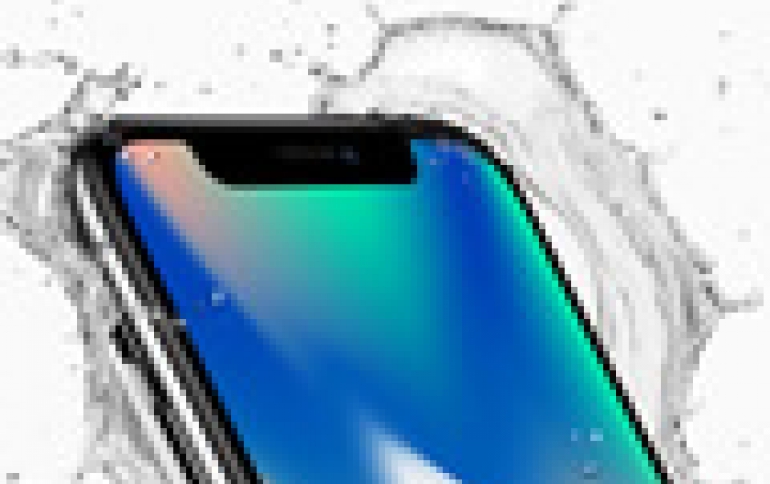
Apple's Marketing Strategy Opted for Less In-depth Reviews for the iPhone X
The first reviews of Apple's eagerly awaited iPhone X are out, but most reviewers had very limited time to test the new gadget, contrary to YouTube personalities and celebrities.
Apple provided the iPhone X to a small number of traditional testers for about a week, while limiting most others, The Wall Street Journal included, to a single day with the device before reviews could be published. About a half-dozen personalities on Alphabet Inc.'s YouTube video service were granted time with the device before its release.
Typically, Apple's marketing strategy for the iPhones included the delivery of sample devices to tech press columnists about a week earlier than the scheduled publication data of the reviews, which is generally set by the company. This time Apple changed its strategy prioritizing early access to the iPhone X for YouTube personalities and celebrities over the technology press.
Apple made some exceptions, providing the iPhone X to a small number of traditional testers for about a week, while limiting most others to a single day with the device before reviews could be published. In the U.S., BuzzFeed, TechCrunch and Mashable were given a week with the iPhone X, as were the Telegraph and the Independent in the United Kingdom. The device also was given for a week to outlets in Japan, China, Australia and other countries. Stephen Levy of Wired, among the handful of people to test the first-ever iPhone, spent a week with the iPhone X.
On the other hand, personalities and celebrities on YouTube video service were granted time with the device before its release.
The "unusual" review strategy shows that Apple possibly wanted some reviews out early and those would be the more 'enthusiastic' and less tech-oriented ones. Unless Apple felt like there would be some bad elements in the reviews, why would be selective about who gets it first?
The unusual approach comes in an iPhone release year marked by anomalies. For the first time, Apple released a trio of new handsets at its big fall launch event -- the iPhone 8, 8 Plus and X. It also increased prices on its suite of new phones and staggered the launch with the iPhone 8 hitting stores Sept. 22 and the iPhone X hitting stores six weeks later.
The reviewers that received the device for a week largely praised its full-screen OLED display, facial-recognition system and smaller physical size.
While the facial-recognition feature works even if the user changes their appearance, wearing sunglasses for instance, it may not work as well if some key facial features are obscured, according to some reviews.
Reviewers said Apple had given guidance that the system works best at a distance of 25 to 50 centimeters away from your face.
The device's battery seemed to last up to a day, even after running heavy-duty apps, reviewers added.
At $999, the iPhone X is the most expensive phone the company has ever launched, but demand is already far outstripping supply, according to analysts.





















